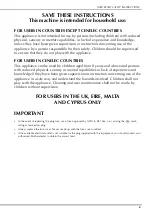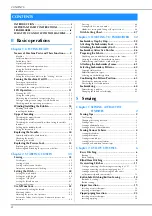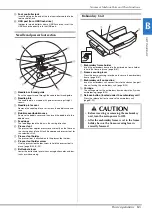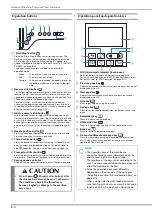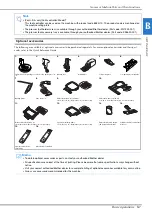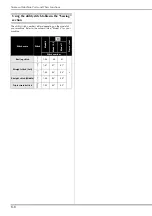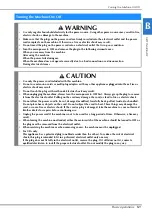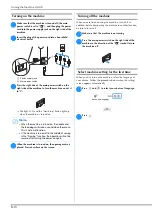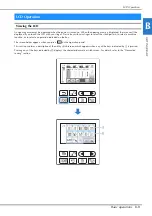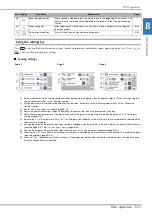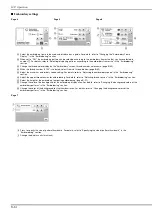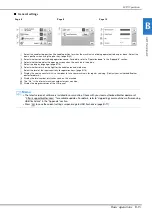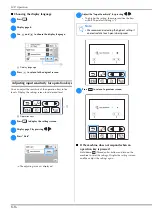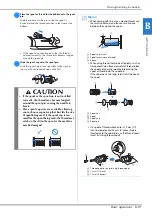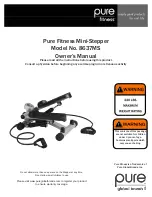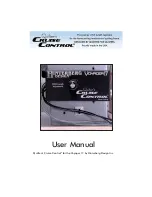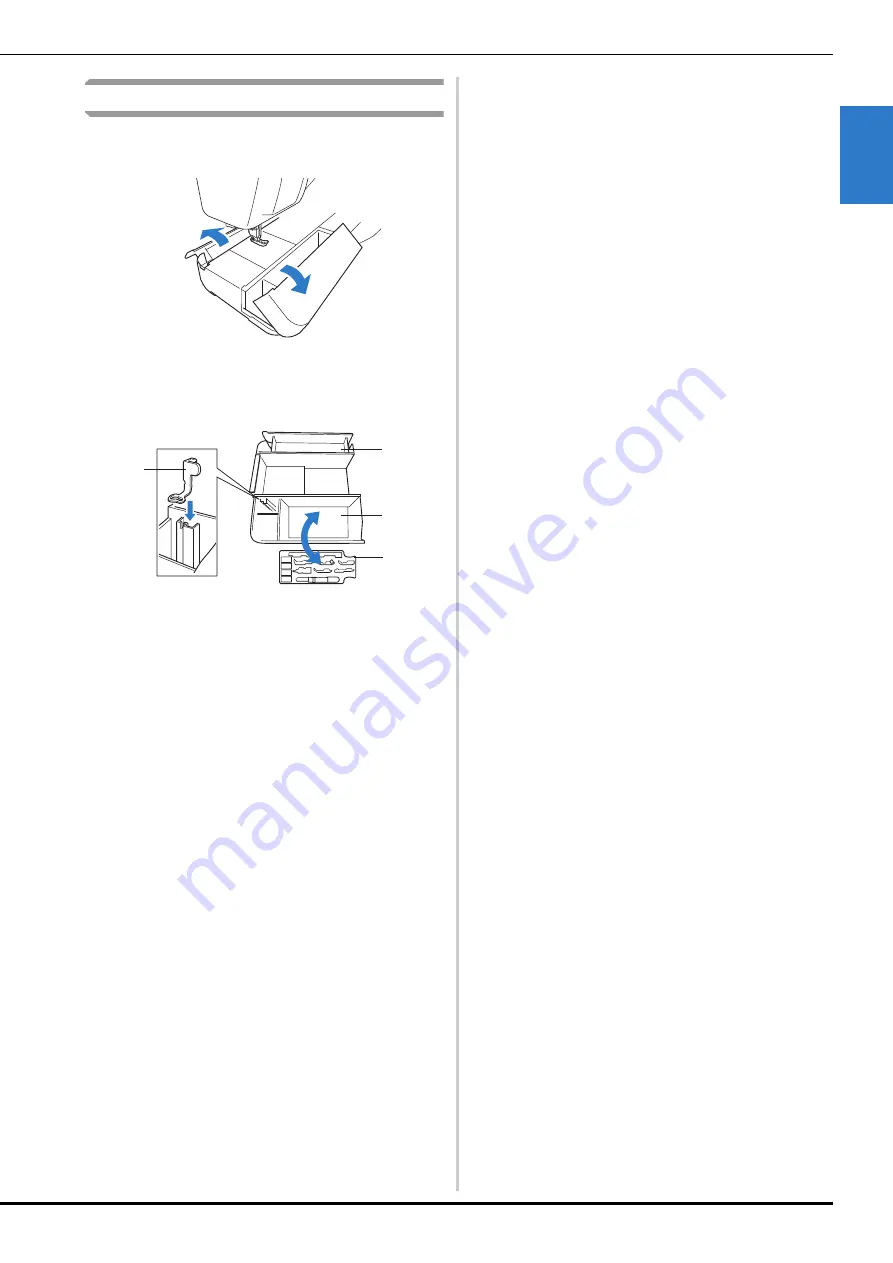
Names of Machine Parts and Their Functions
GE
T
T
IN
G RE
A
D
Y
Basic operations
B-5
B
Using the flat bed attachment
Pull the top of the flat bed attachment to open the accessory
compartments.
A presser foot accessory tray is stored in the accessory
compartment of the flat bed attachment.
1
Storage space of the flat bed attachment
2
Presser foot accessory tray
3
Embroidery foot “U”
1
1
3
2
Summary of Contents for 888-G10
Page 2: ......
Page 76: ...Embroidering B 66 ...
Page 122: ...Decorative Stitching S 46 ...
Page 208: ......
Page 209: ......
Page 210: ......
Page 211: ......





